The Cradle
Country of the Cradle of Clay
Demographics & Territory
Quick Facts
Population Breakdown
Other Information
Ranching
Insignia of the Cradle
Military
Every Clay Giant sees themselves as a protector and a Warrior of their Clan. This is a great pride that has been instilled in their people since ancient times. There is no standing military in the Cradle, instead, there are functional fighting forces that are employed or trained throughout the Cradle at the expense or favor of influential clans. The more tactically minded Clan Elders often take great care to focus on their fighting forces, ensuring a great deal of training in mounted combat that makes use of the sprawling landscape in the Cradle. The largest fighting force belongs to the Runestrikers because it levies a portion of all forces employed to influential clans on a rotational basis to allow for cross-training and understanding of the myriad of relations across the country. Each fighting force is specialized to the needs of the clan that employs them, ranging from purely Clay Giant clansmen to a mixture of mercenaries and assorted species that make their home on one of the larger ranches. Despite this, there are a few similarities across these forces including a focus on mounted combat and ambush tactics. These forces are generally led by a Shaman or a tactician who is empowered with divine magic. They often specialize in large-scale battlefield influences including terrain and weather manipulation or curses and blessings that affect wide but specific populations. They are known for meticulous planning and logistical supply of their forces that enable long, dug-in conflicts especially when it comes to defending or delaying attackers in a given area.Foreign Relations
The Cradle has strong diplomatic ties with the Human Empire, the Elven Kingdom, and the Dwarven Kingdom. Often functioning as a northern crossroads, the Cradle has cultivated a strong trade market with the countries around it. Their farther-reaching relations include the Fairy King's Wood, Coastland, and some ocean-based settlements off the eastern coast of the mainland. They do not often send envoys to lands more distant than these as their specialties tend to have greater application on the Northern Continent itself. Their strongest relation is the Human Empire which has been their historical ally in conflicts with Giants from the north. Most trade conducted by the Cradle takes place overland instead of using the Great Tunnel due to its geographic location. That combined with the stature of most Clay Giants means that most trade takes place traditionally through the use of caravans on the surface of the continent. If trade goes further than what can be accomplished feasibly, they will exercise trade deals with the Human Empire which has a much wider web of trade transportation. The Cradle sends envoys to various countries that rotate on a five-year basis. These are considered diplomatic pilgrimages that enhance the relations between the Cradle and other nations. These diplomats are generally the heirs to large ranches or up-and-coming Clan Elders who need to learn about the wider world. These Clay Giants learn about new technologies, wider diplomatic webs beyond their country, and how they can improve their own country. The areas that have constant, rotating diplomatic pilgrimages are the Human Empire, the Elven Kingdom, the Dwarven Kingdom, and Coastland. They have not spread strong ties further south or across the sea to the Southern Continent because of the distance and logistical challenges involved but they are still involved in the wider global economy as the only exporter of Arcane Dust in the world. The Fairy King has recently petitioned to have his country included in such pilgrimages as well in order to allow Clay Giants access to study the ecology and possible agricultural opportunities in the Wandering Forest. The Geas that the Fairy King enacts over his land have also been a subject of interest to the Runestrikers due to how it holds sway over a large area all at once.Government Bodies
Ranchers
Those who own a sizeable amount of land, enough to graze and maintain two thousand Tatanka, are considered to have immediate authority over their land and those who live on it. Land ownership is an indicator of status, though the amount of land is the deciding factor for self-governance. Those that own less land will fall under the leadership of their Clan Elders or family elders more directly while those that meet the requirement can enforce the laws of the land and claim a banner for their own fighting forces. These Ranchers are able to carry out every penalty and judgment of the law as it concerns their land and those on it up to the point of capital punishment, which is deferred to Clan Elders and their higher court systems. Ranchers are not able to enter into formal contracts with organizations or other countries without the approval of their Clan Elder. It is heavily emphasized that they are able to speak for no one but themselves when they travel abroad. In conflicts, their fighting forces may be summoned by Clan Elders or they may be allotted tasks to assist in the improvement of the country by Clan Elders. Ranchers have the ability to lease parts of their land and levy taxes in accordance with the laws of their clan.Clan Elders
For those that are at the head of a minor or major clan, there is no requirement to own a certain amount of land but it is often an expectation that they own the most influential ranch in their clan. There are many clans and several branches that exist throughout the Cradle, all of them have someone who is acknowledged as an elder whether it be patriarch or matriarch. They are responsible for overseeing the activities of all ranchers and estates that fall under their family name. These elders can enforce laws and hold court hearings, the level of court is dictated by the amount of power and affluence awarded to them by the Runestrike Seers which can range from lower courts that handle offenses up to those deserving capital punishment among their citizens to higher courts that deal with international affairs and punishments for those that do not belong to their country. Clan Elders can levy special instructions about how fighting forces are trained and direct the priorities of ranches and estates that directly belong to their clan. This status is often seen as equal to those who become diplomats for the country because Clan Elders can enter into deals with organizations and entities outside of the country, while they cannot make promises on behalf of other clans, they can freely support agreements within their level of influence without oversight. In conflicts, they are often logistical hubs that can account for large formations of organized fighting forces and run many battlefield logistics even if they are incapable of taking to the battlefield themselves. Clan Elders have the ability to alter leases, contracts, and change taxes as long as they do not clash with overarching laws of the country.Grand Elder
The head of the Runestrike Seers Clan is often referred to as the Grand Elder, they have all the qualifications and experience of a regular Clan Elder but they are tasked with looking after the country as a whole. Much of the Runestrike Seers Clan is devoted to treating the entire country as if it were part of their clan and advising the elders. This position passes to the most qualified member of the family upon the passing of the current Grand Elder. Some Clay Giants have been appointed to this position during the prime of their life though none have taken it as a youth. As the uniting member of all clans, the Grand Elder has dominion over laws and courts that preside throughout the Cradle and can change them through organized processes and councils convened with the major Clan Elders. They can also direct a percentage of labor and materials from the estates within the land for projects and efforts that benefit the whole of the country such as roads, dams, defenses, diplomatic pilgrimages, and fighting forces during times of conflict. The Grand Elder also sets the merit and precedence of other clans, judging their level of influence by their accomplishments and historical merit. Moving up or down in station in the Cradle is not an easy task as it often takes many generations of consistent growth or success for a clan to gain recognition beyond economic success. The Grand Elder also stands as an appeal of last resort in extreme court cases of high controversy and is the only one with the authority to meet leaders of foreign countries and make agreements on behalf of the Cradle.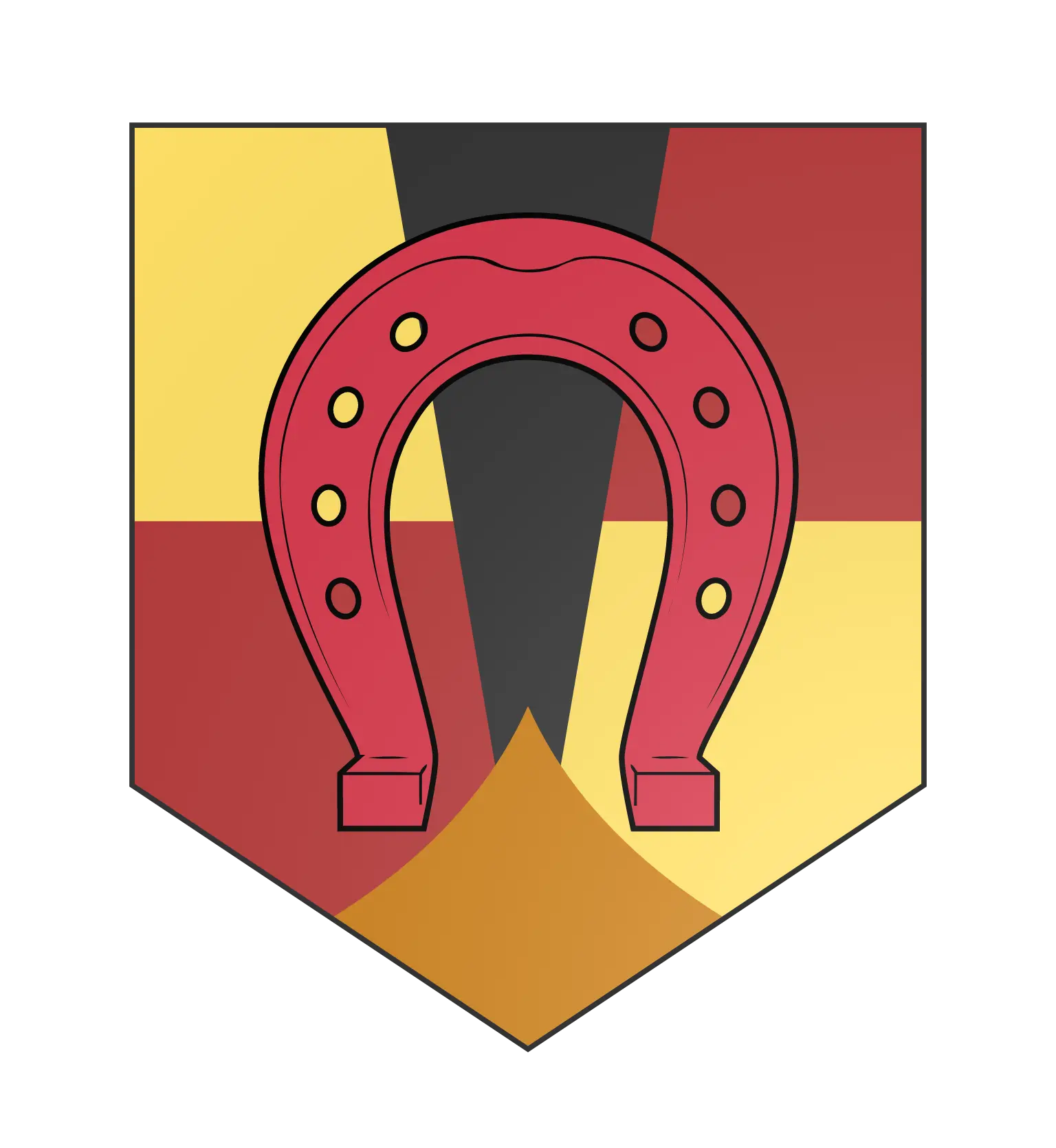

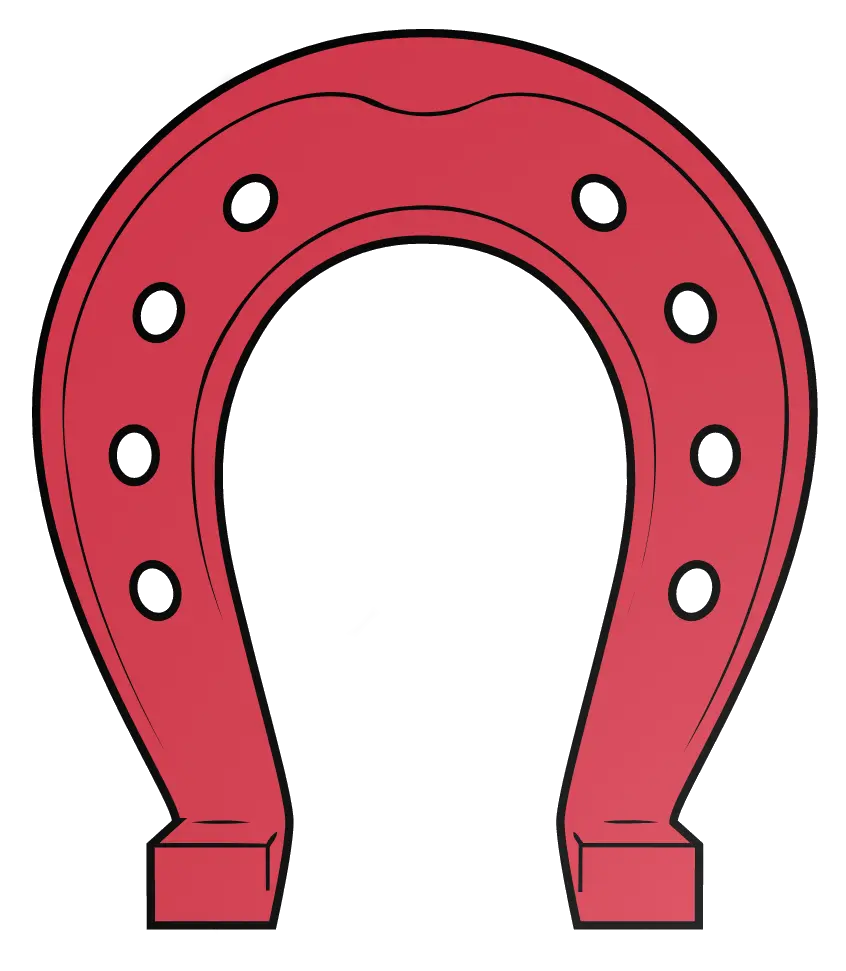






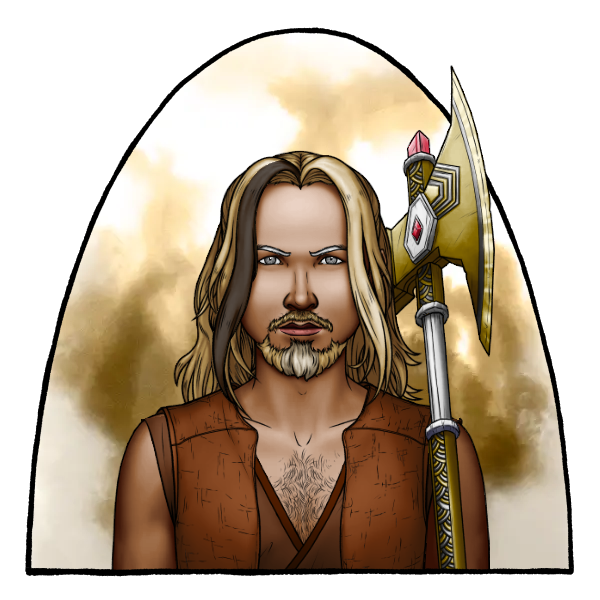









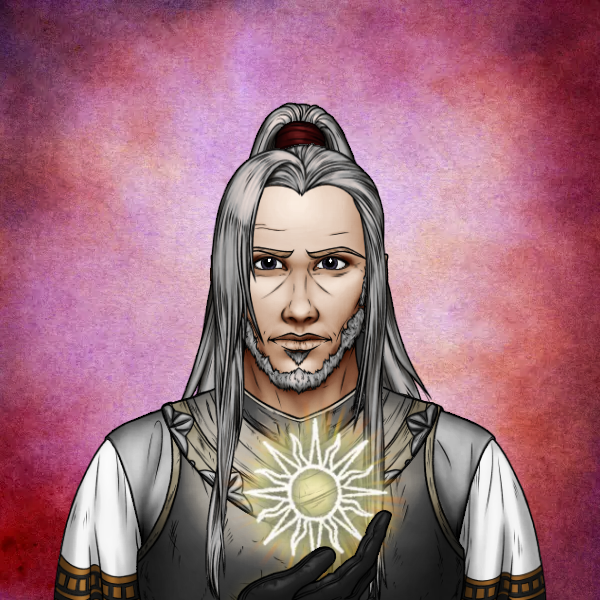
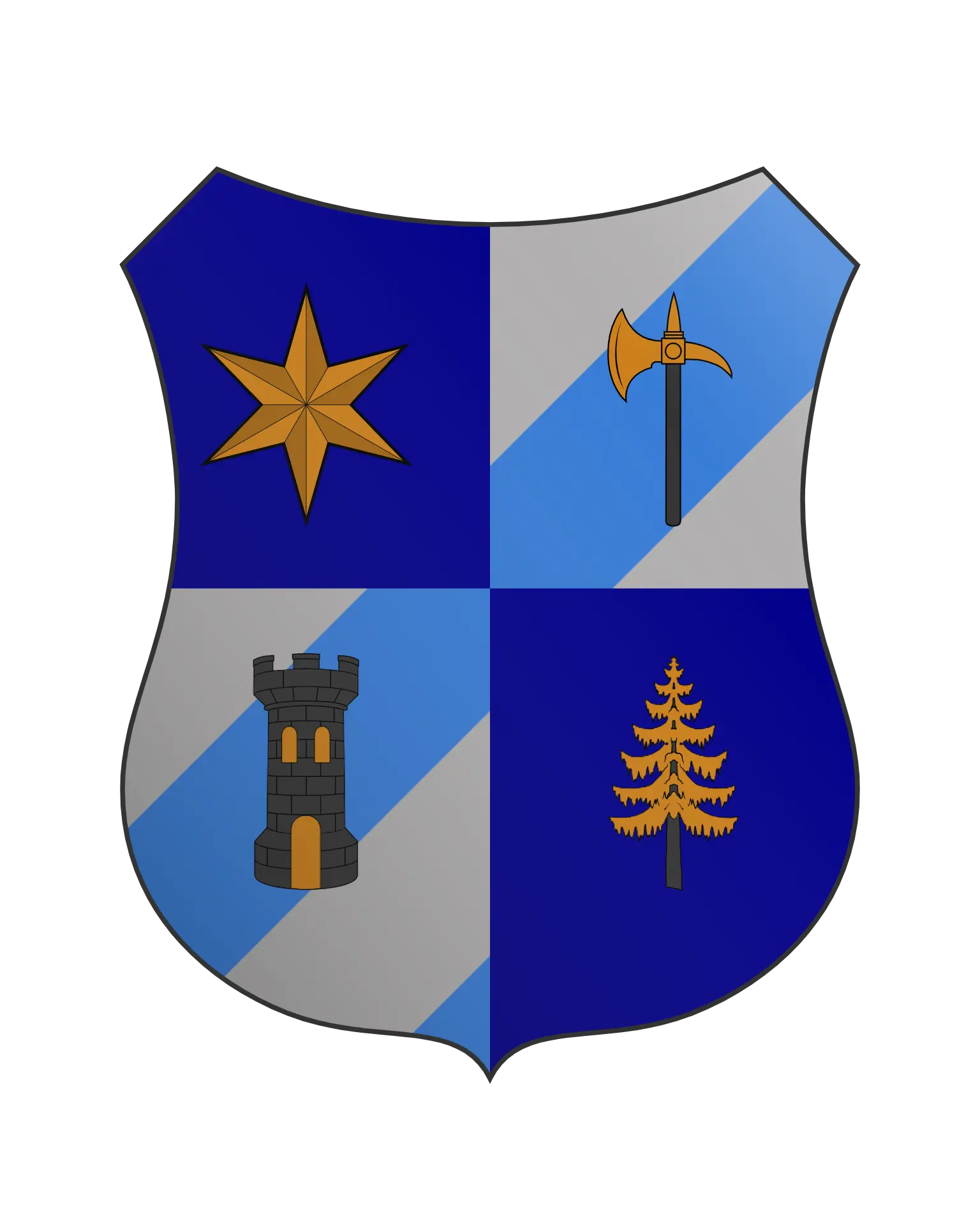

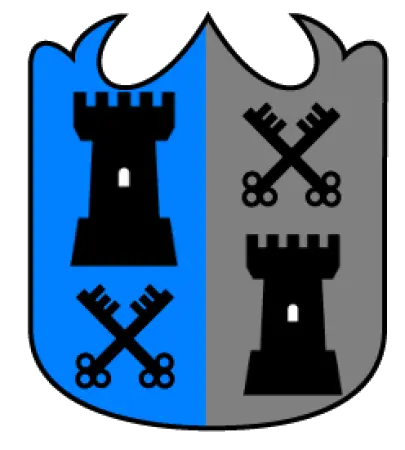
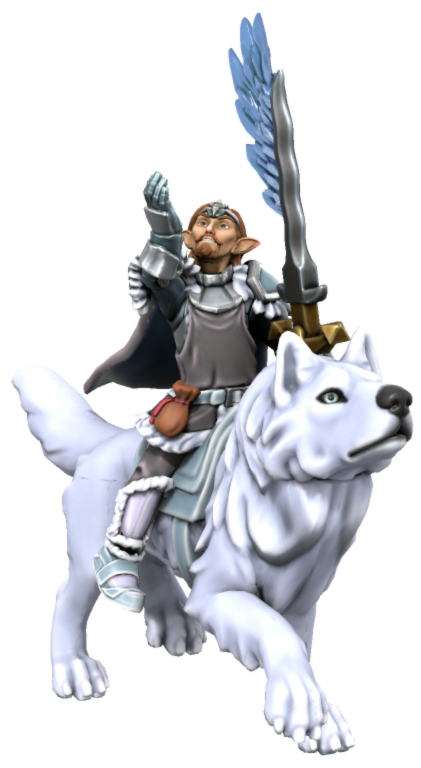
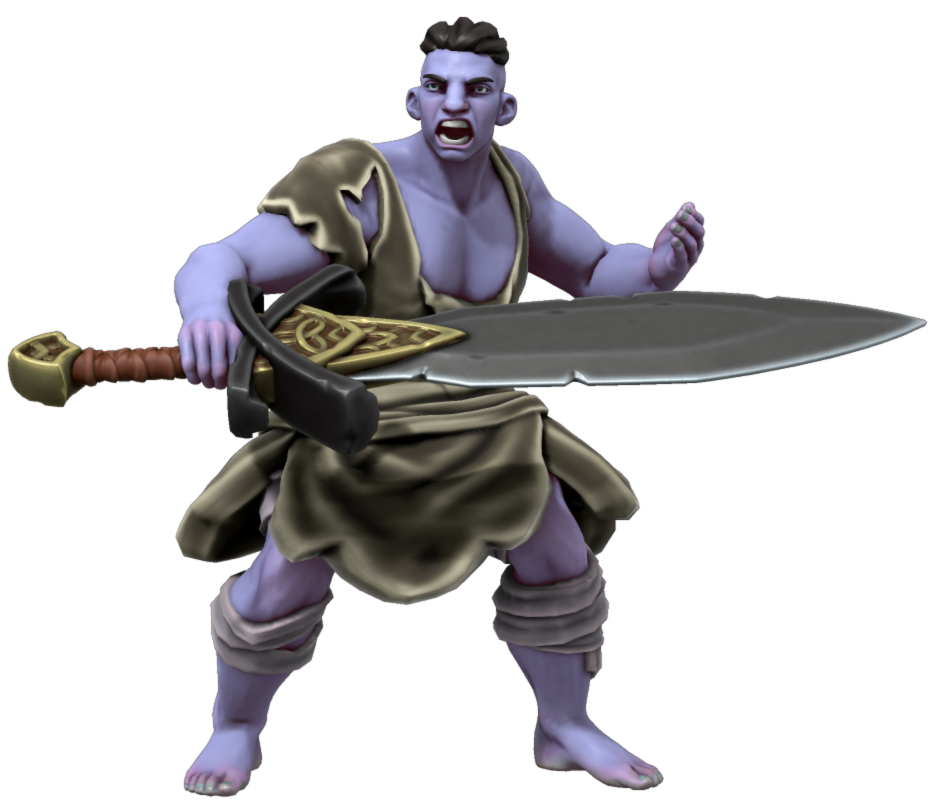



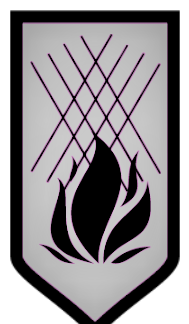
The Cradle is one of my favourite places to read about in Isekai, and this was no exception. Nice to get some more overall knowledge about it.